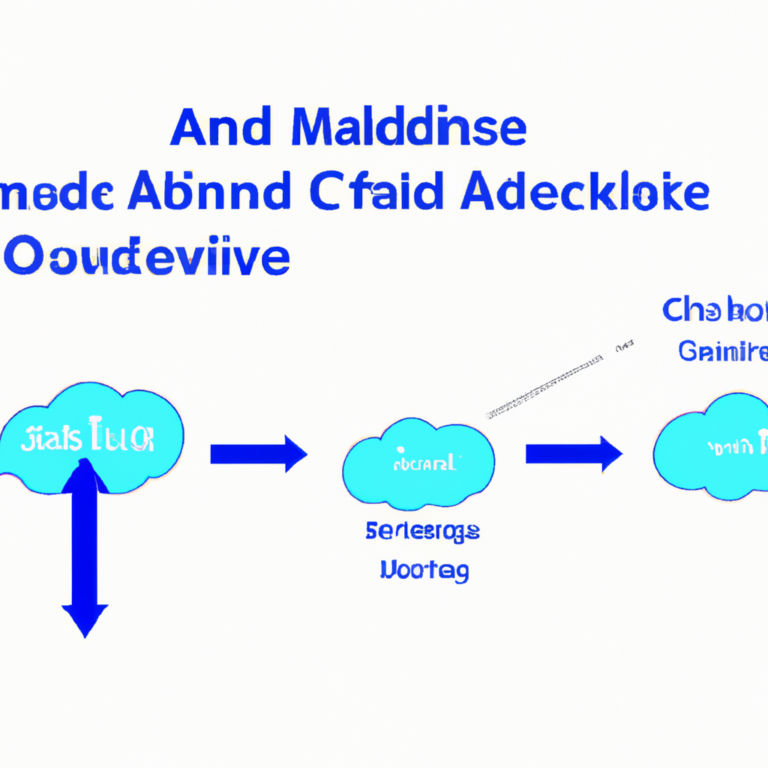Understanding Fibonacci Retracement
Fibonacci retracement is a popular technical analysis tool used by traders to identify potential levels of support and resistance in a financial market. The tool is based on the Fibonacci sequence, a mathematical concept where each number is the sum of the two preceding ones. The key retracement levels used in trading are 23.6%, 38.2%, 50%, 61.8%, and 100%.
Applications of Fibonacci Retracement
Identifying Support and Resistance Levels
One of the main applications of Fibonacci retracement is to identify potential levels of support and resistance in a market. Traders use the key Fibonacci levels as reference points to determine where price may reverse or consolidate.
Entry and Exit Points
Traders also use Fibonacci retracement levels to identify entry and exit points for their trades. By waiting for price to retrace to a key Fibonacci level, traders can enter a trade with a better risk-reward ratio. Similarly, traders can use Fibonacci levels to set profit targets and exit trades.
Confirming Other Technical Indicators
Fibonacci retracement can be used in conjunction with other technical indicators to confirm trading signals. For example, if a Fibonacci level coincides with a moving average or a trendline, it can provide additional confirmation of a potential reversal or continuation in price.
Setting Stop Loss Orders
Traders can also use Fibonacci retracement levels to set stop loss orders to manage their risk. By placing a stop loss order below a key Fibonacci level, traders can limit their potential losses in case the trade goes against them.
Conclusion
Fibonacci retracement is a versatile tool that can be used in various ways to improve trading decisions. By understanding how to apply Fibonacci retracement levels in different scenarios, traders can enhance their technical analysis skills and increase their chances of success in the financial markets.










